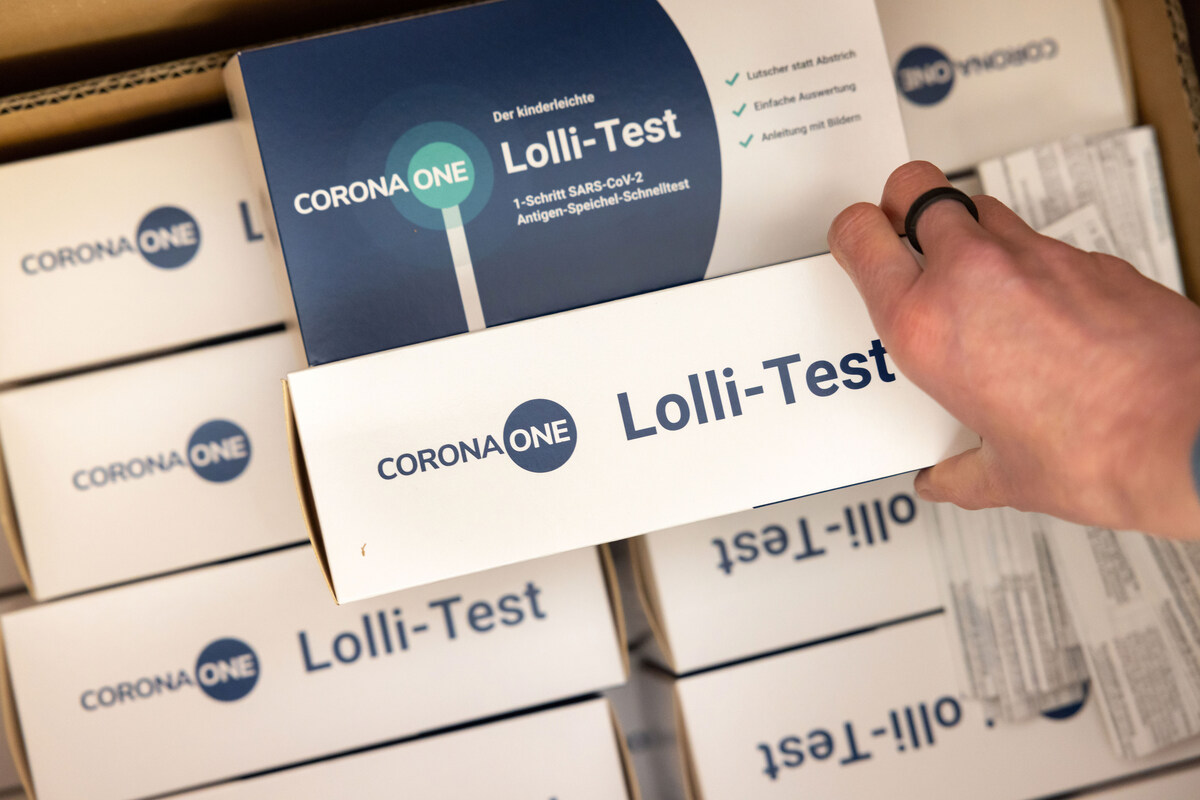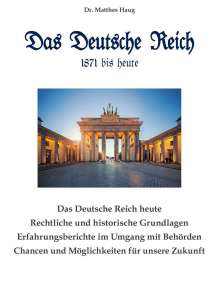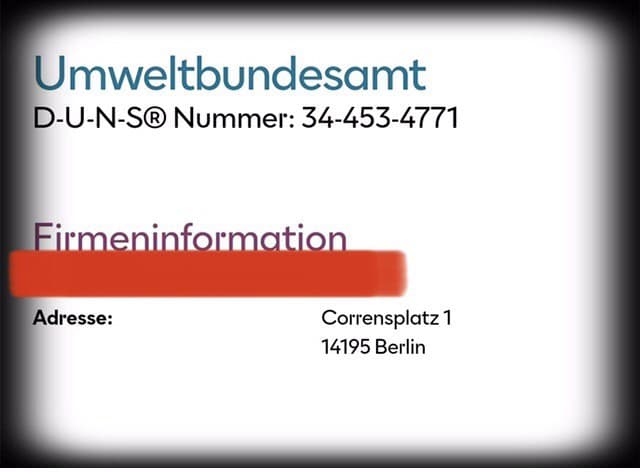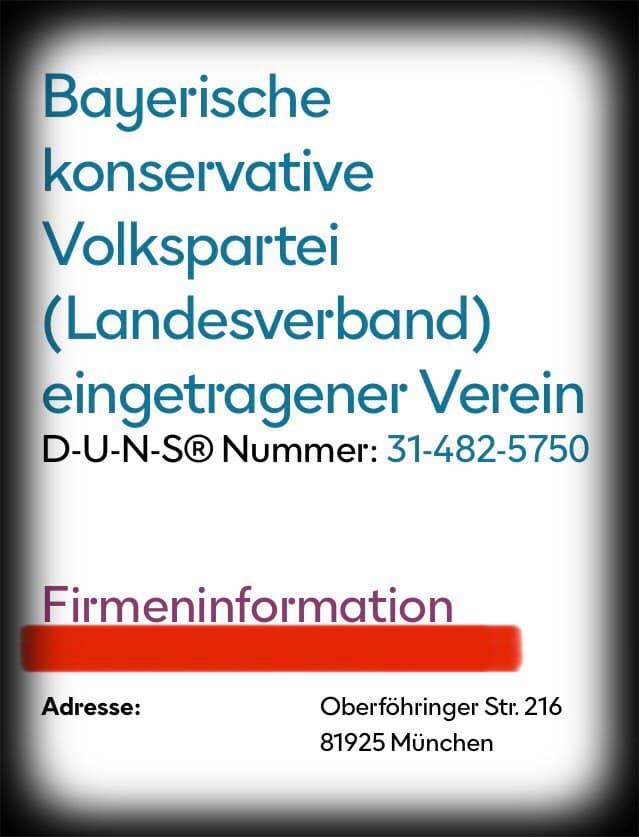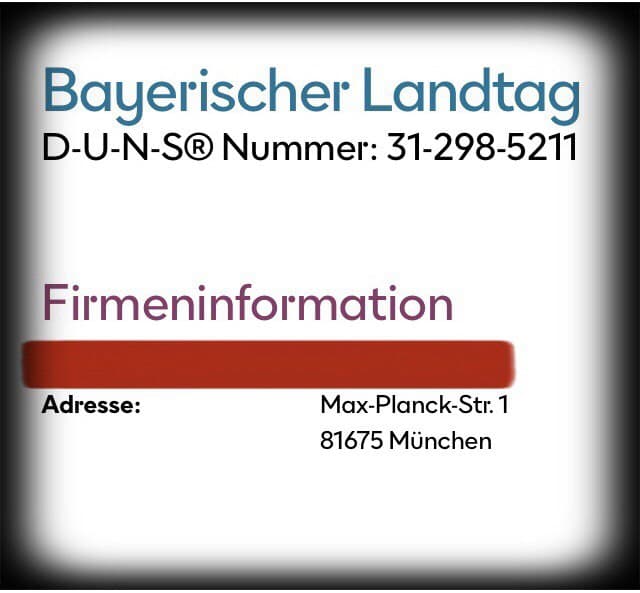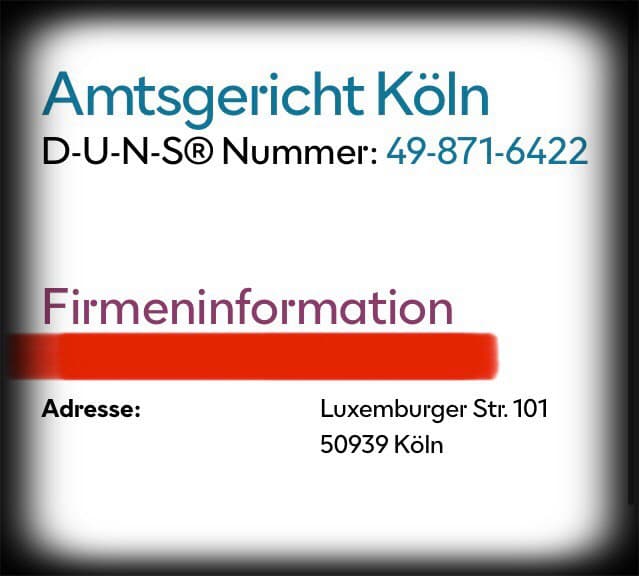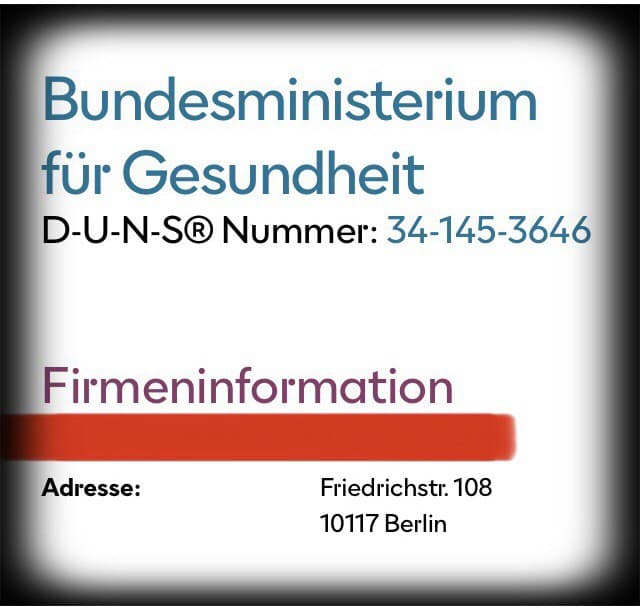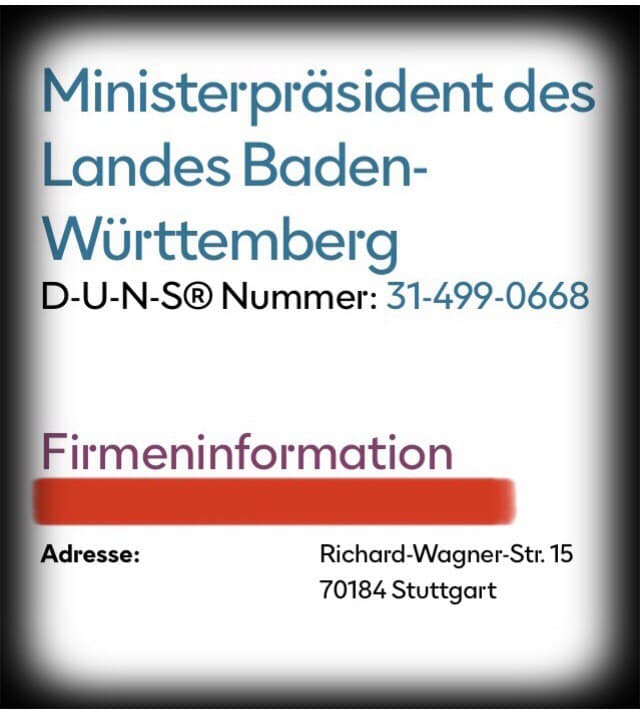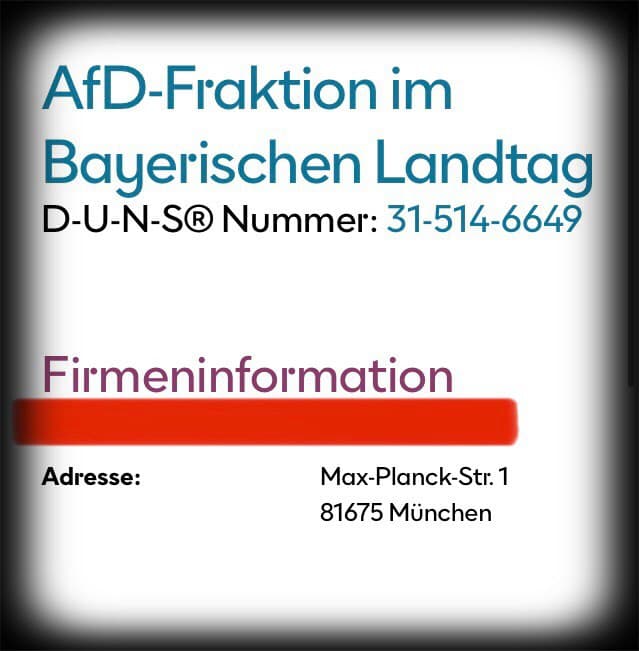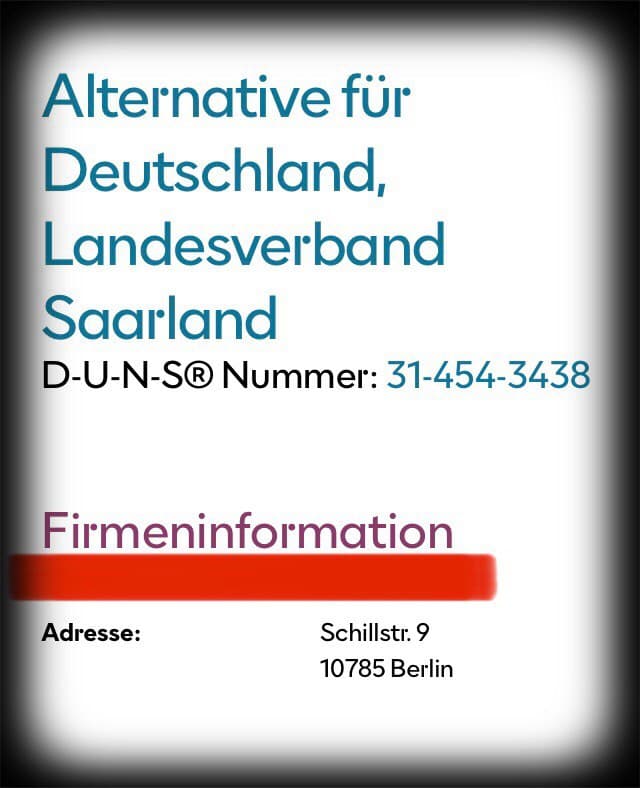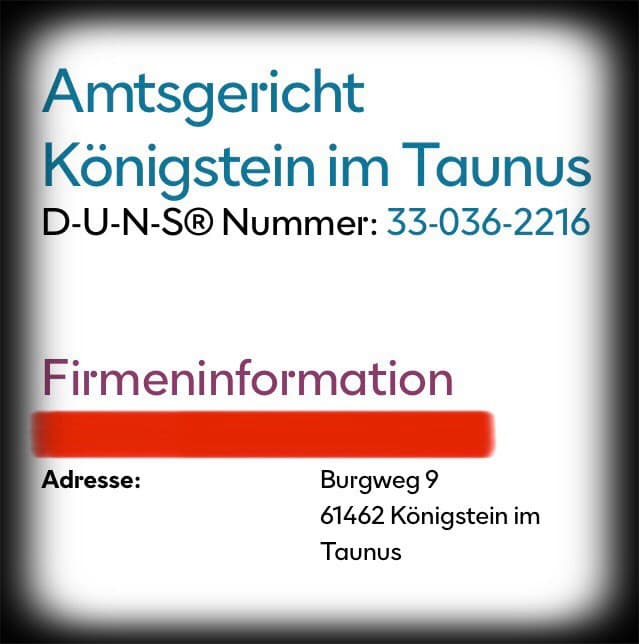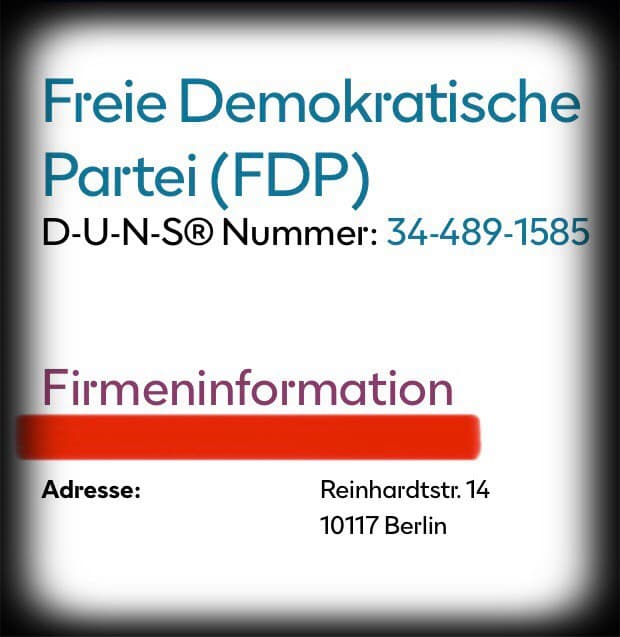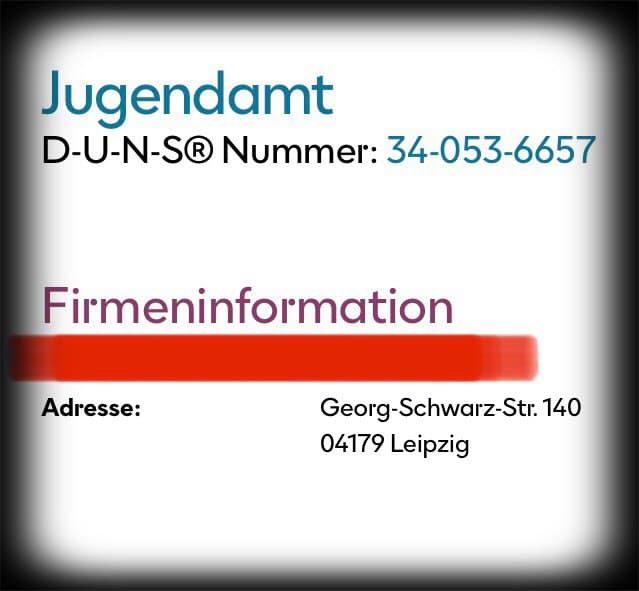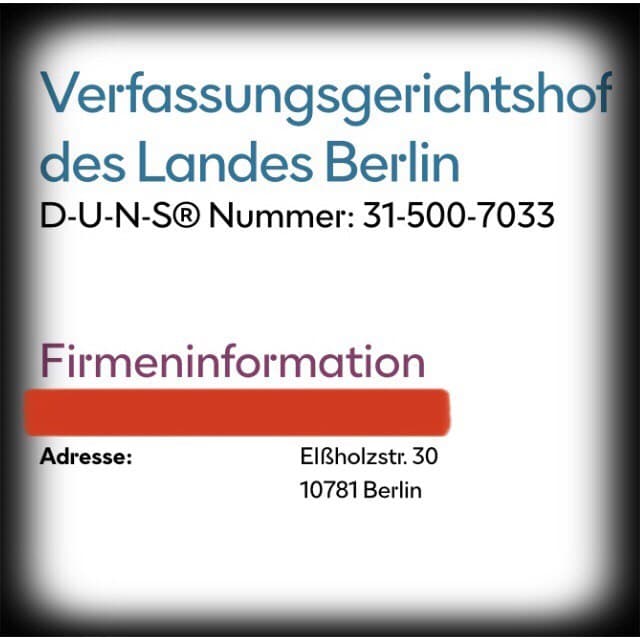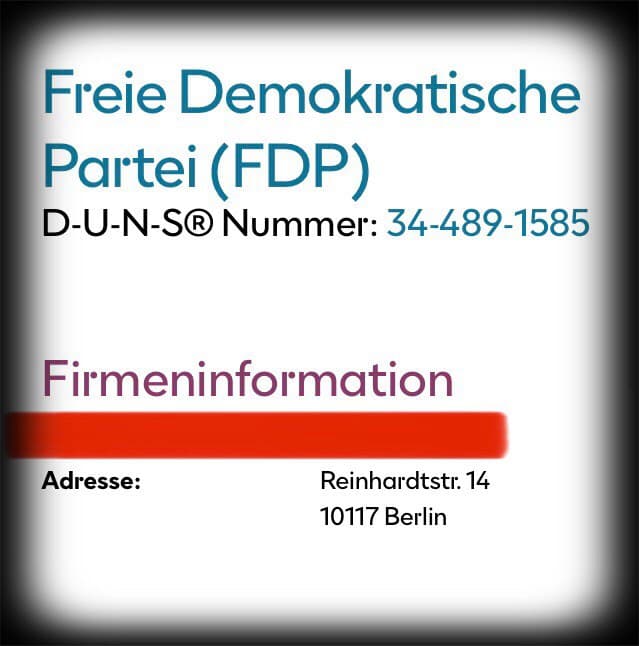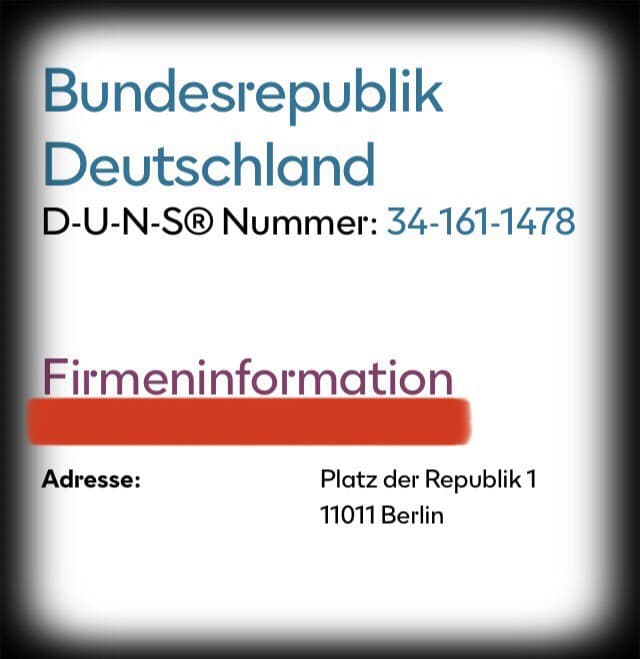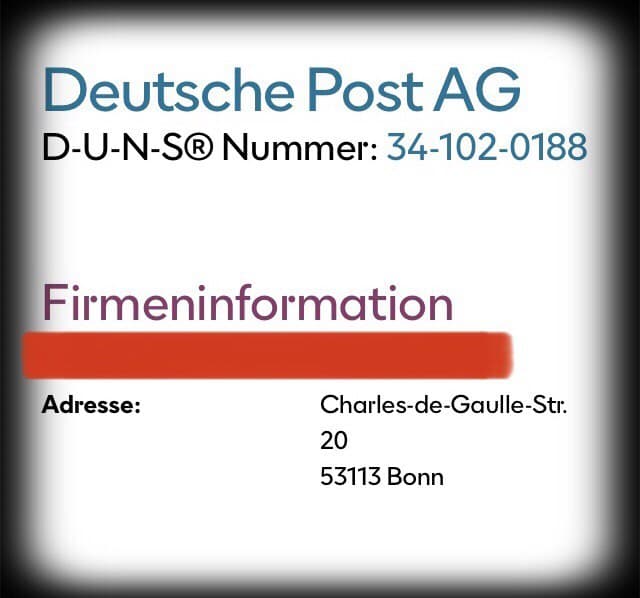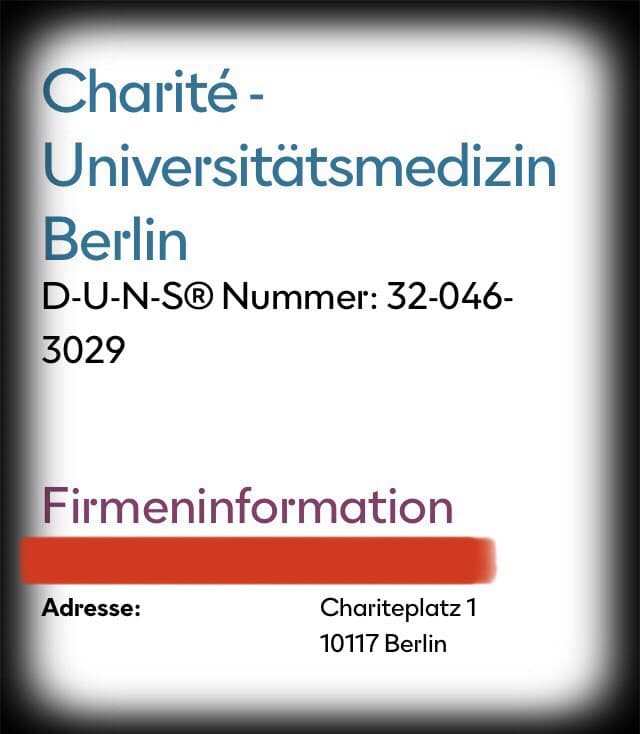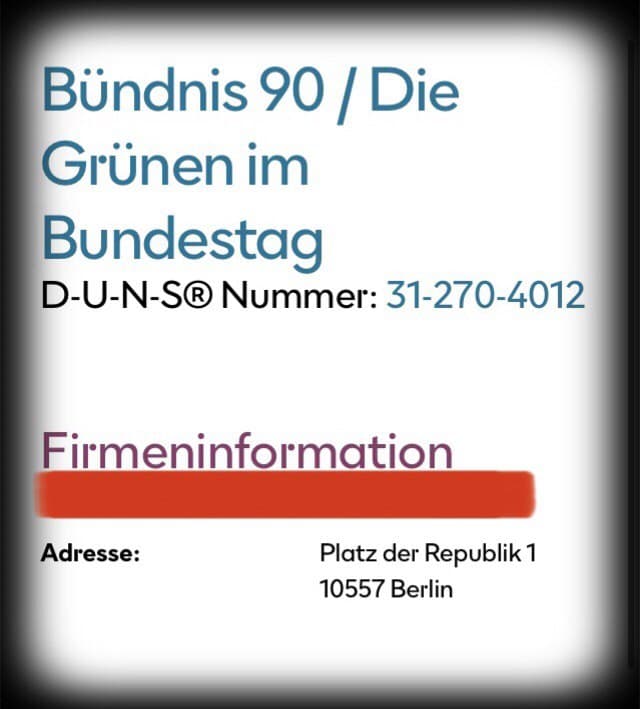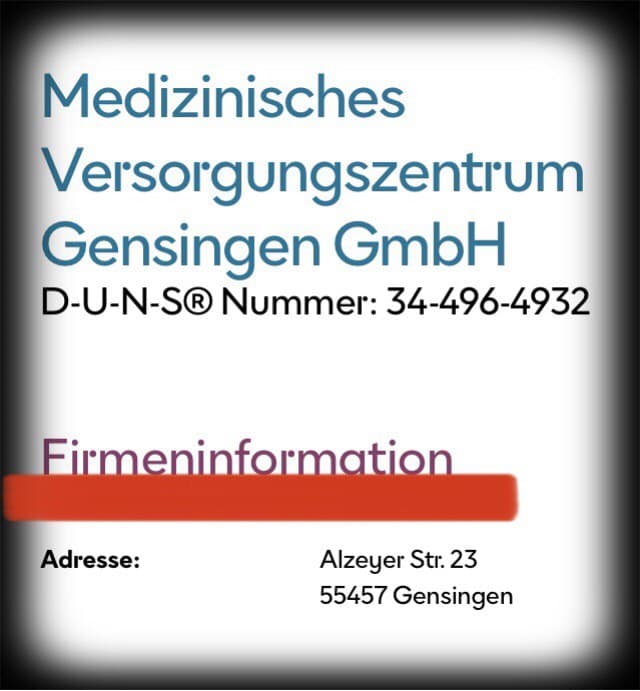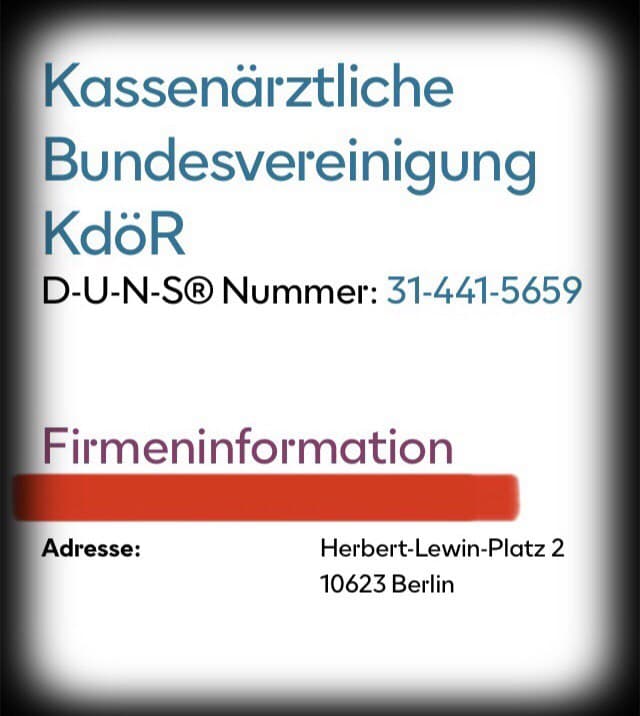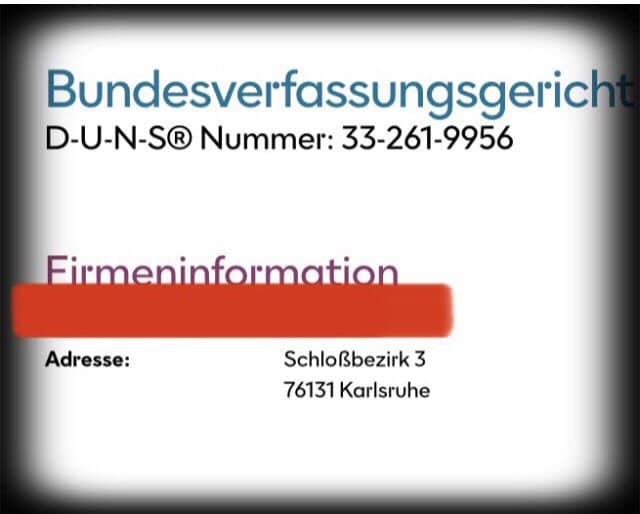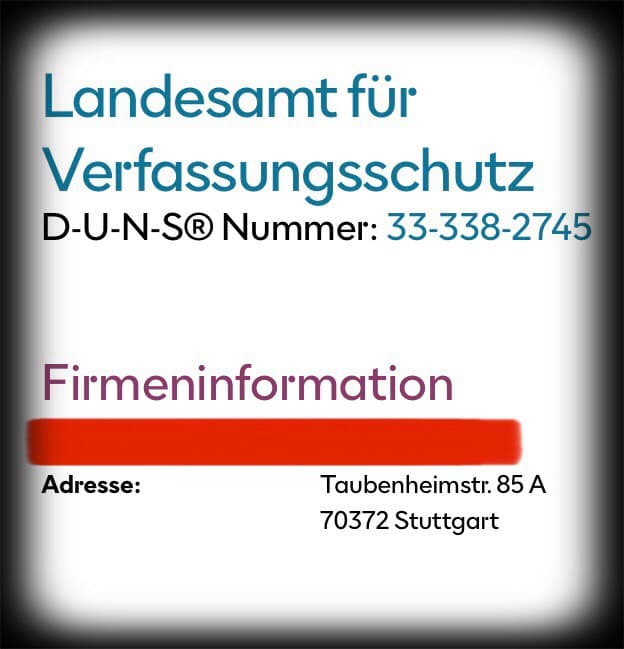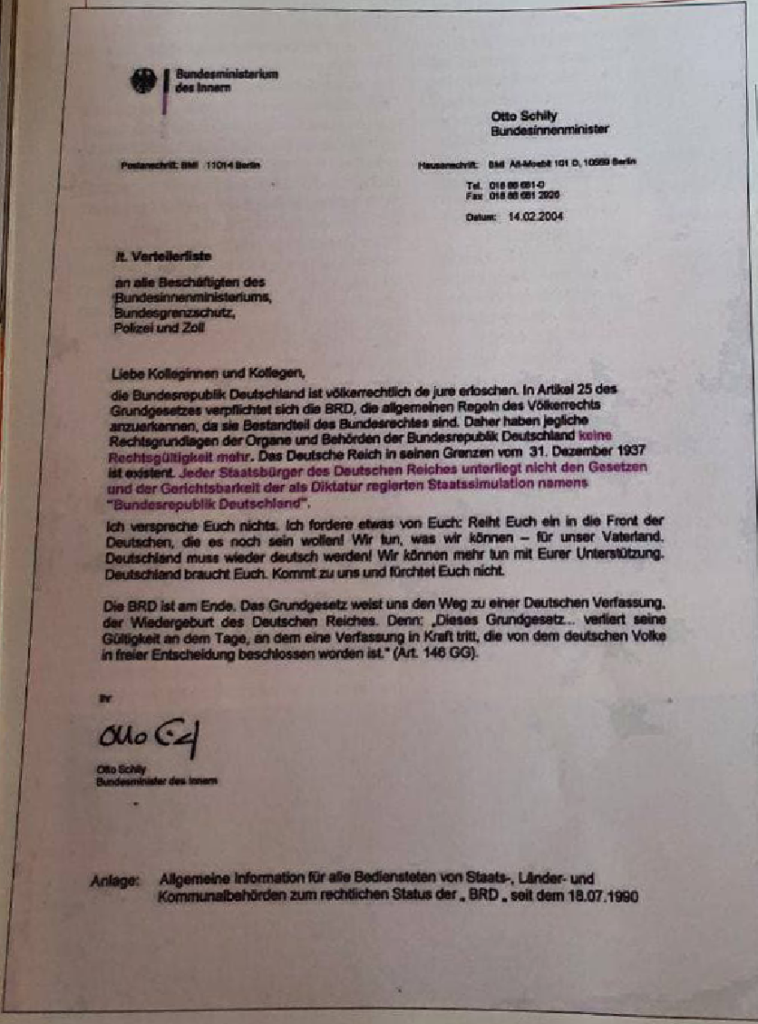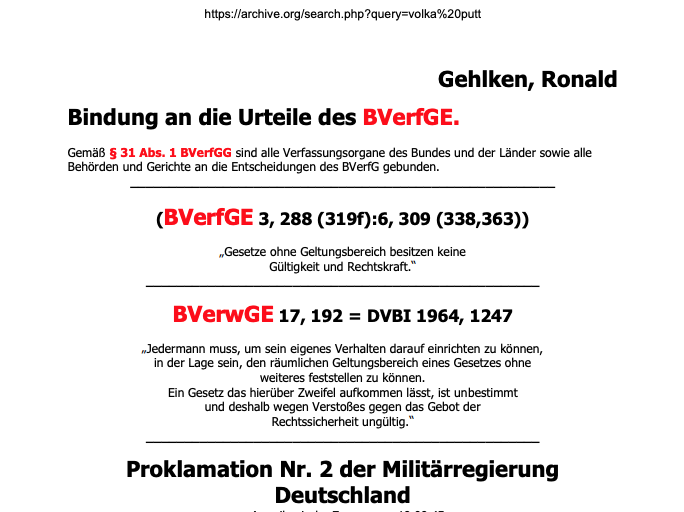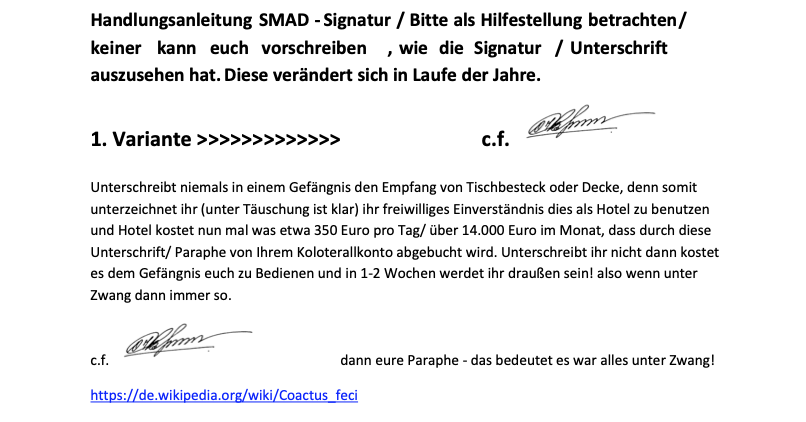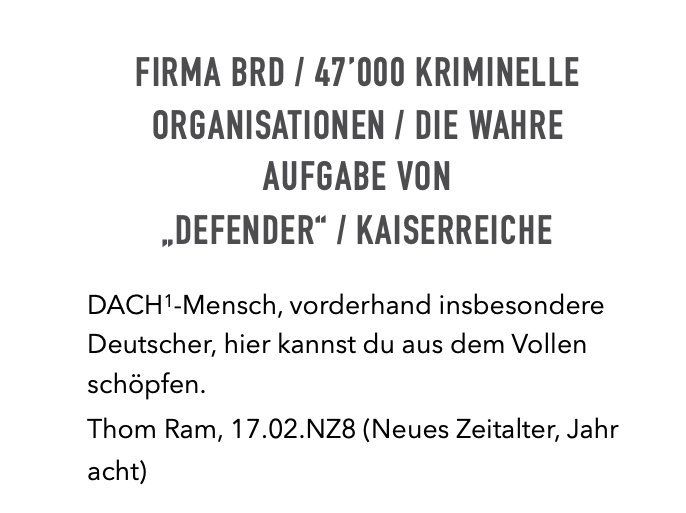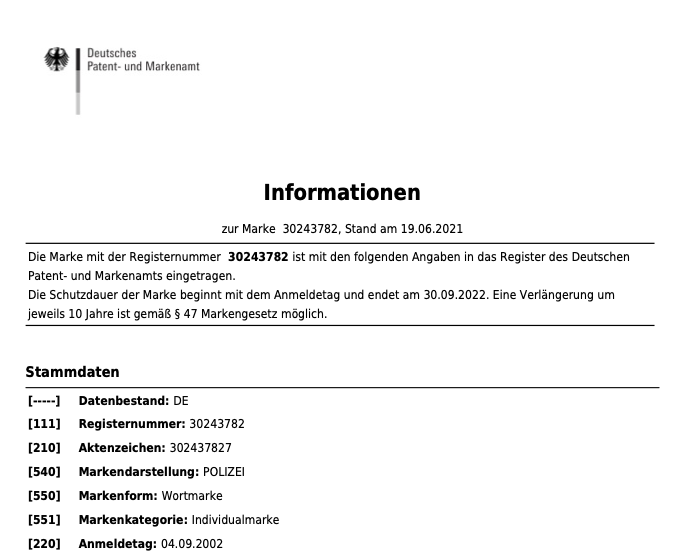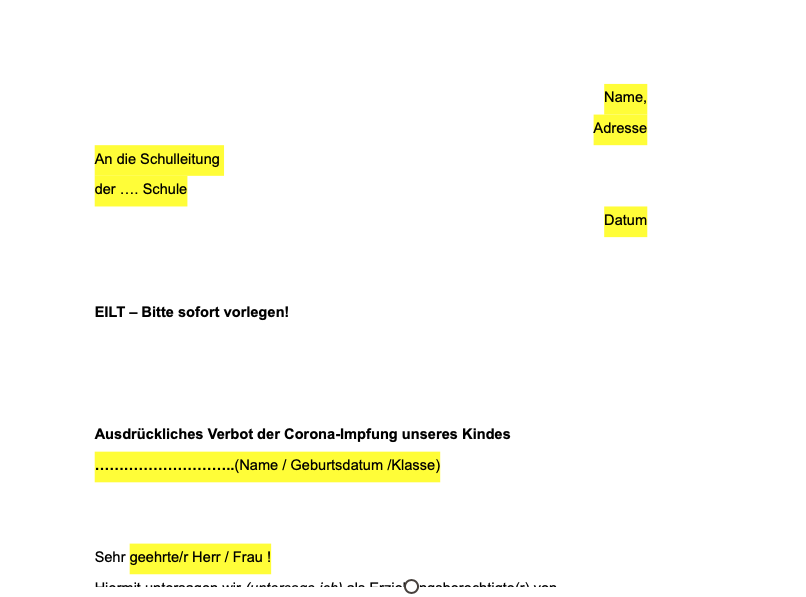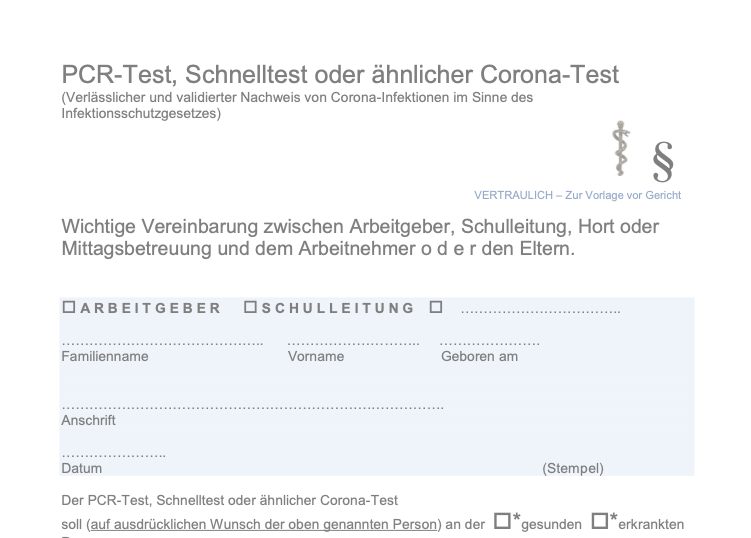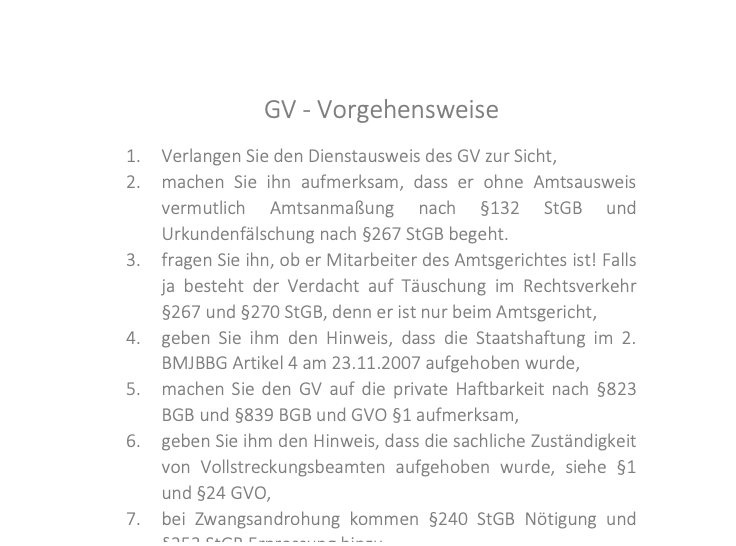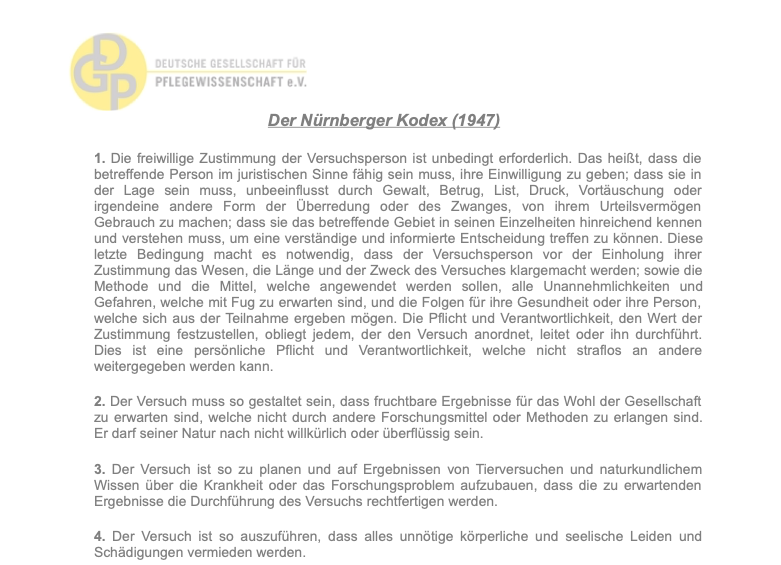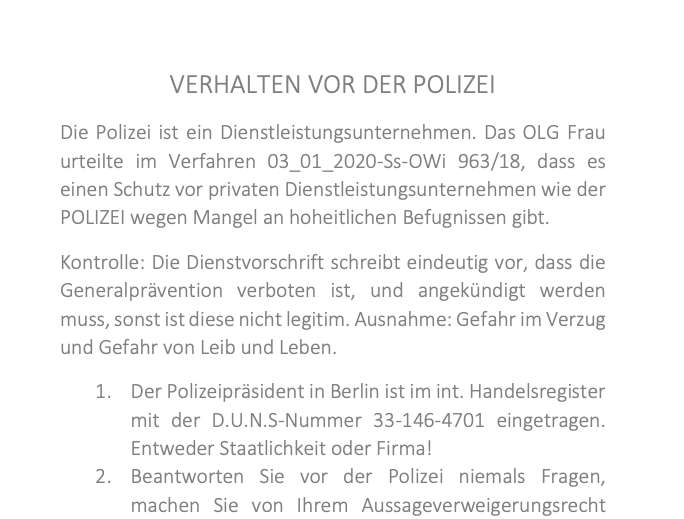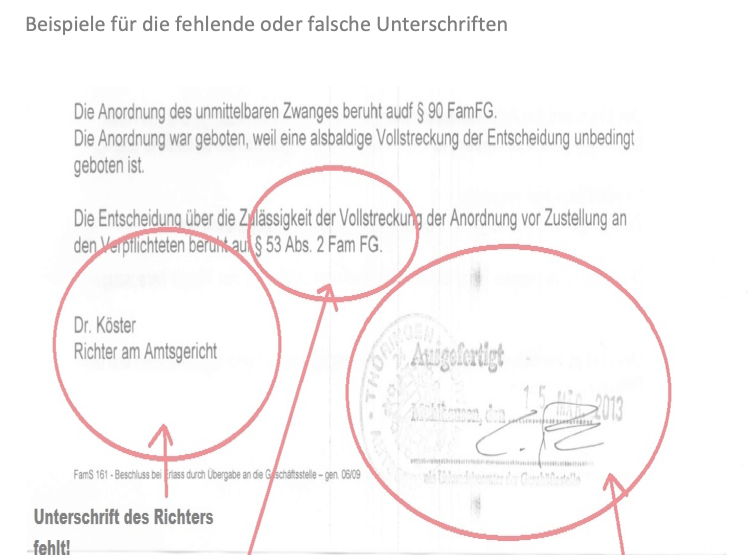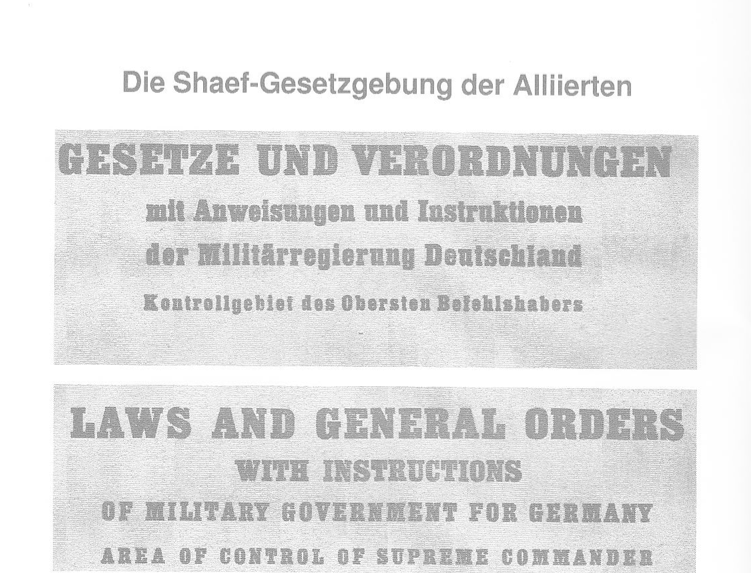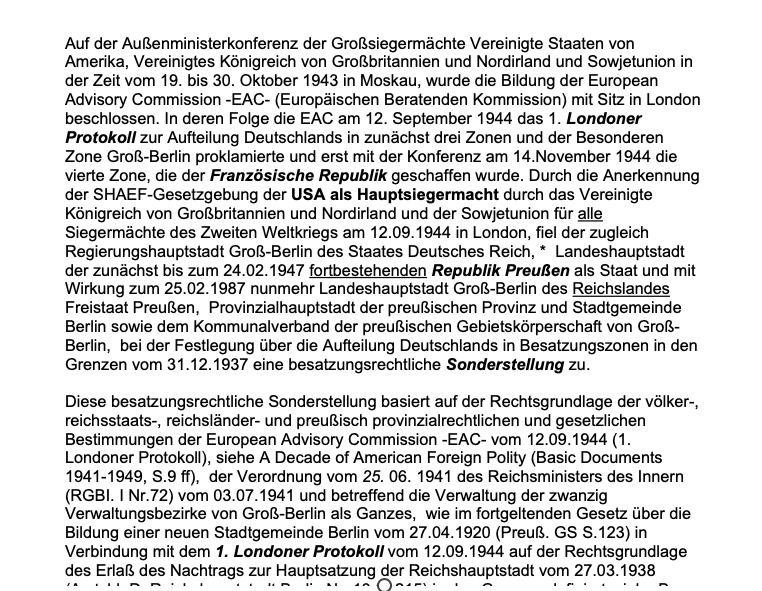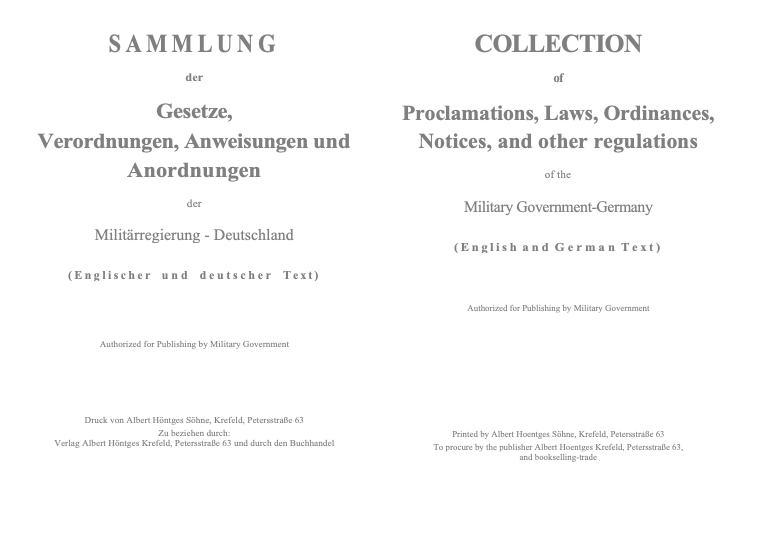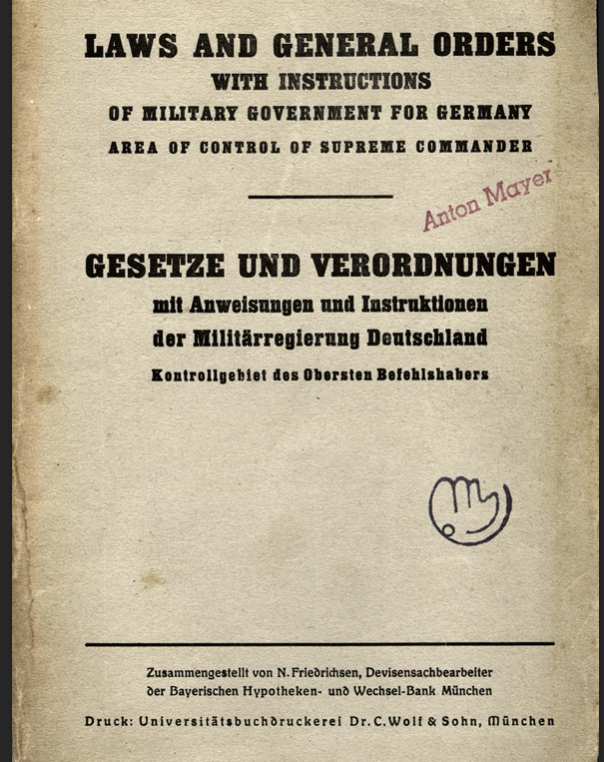2 ASSOCIATION FOR MOLECULAR PATHOLOGY v.
MYRIAD GENETICS, INC.
Syllabus
Held: A naturally occurring DNA segment is a product of nature and
not patent eligible merely because it has been isolated, but cDNA is
patent eligible because it is not naturally occurring. Pp. 10–18. (a) The Patent Act permits patents to be issued to “[w]hoever in-vents or discovers any new and useful . . . composition of matter,”
§101, but “laws of nature, natural phenomena, and abstract ideas”
“ ‘are basic tools of scientific and technological work’ ” that lie beyond
the domain of patent protection, Mayo, supra, at ___. The rule
against patents on naturally occurring things has limits, however.
Patent protection strikes a delicate balance between creating “incen-tives that lead to creation, invention, and discovery” and “imped[ing]
the flow of information that might permit, indeed spur, invention.”
Id., at ___. This standard is used to determine whether Myriad’s pa-tents claim a “new and useful . . . composition of matter,” §101, or
claim naturally occurring phenomena. Pp. 10–11. (b) Myriad’s DNA claim falls within the law of nature exception.
Myriad’s principal contribution was uncovering the precise location
and genetic sequence of the BRCA1 and BRCA2 genes. Diamond v.
Chakrabarty, 447 U. S. 303, is central to the patent-eligibility inquiry
whether such action was new “with markedly different characteris-tics from any found in nature,” id., at 310. Myriad did not create or
alter either the genetic information encoded in the BCRA1 and
BCRA2 genes or the genetic structure of the DNA. It found an im-portant and useful gene, but groundbreaking, innovative, or even
brilliant discovery does not by itself satisfy the §101 inquiry. See
Funk Brothers Seed Co. v. Kalo Inoculant Co., 333 U. S. 127. Finding
the location of the BRCA1 and BRCA2 genes does not render the
genes patent eligible “new . . . composition[s] of matter,” §101. Myri-ad’s patent descriptions highlight the problem with its claims: They
detail the extensive process of discovery, but extensive effort alone is
insufficient to satisfy §101’s demands. Myriad’s claims are not saved
by the fact that isolating DNA from the human genome severs the
chemical bonds that bind gene molecules together. The claims are
not expressed in terms of chemical composition, nor do they rely on
the chemical changes resulting from the isolation of a particular DNA
section. Instead, they focus on the genetic information encoded in the
BRCA1 and BRCA2 genes. Finally, Myriad argues that the Patent
and Trademark Office’s past practice of awarding gene patents is en-titled to deference, citing J. E. M. Ag Supply, Inc. v. Pioneer Hi-Bred
Int’l, Inc., 534 U. S. 124, a case where Congress had endorsed a PTO
practice in subsequent legislation. There has been no such endorse-ment here, and the United States argued in the Federal Circuit and
in this Court that isolated DNA was not patent eligible under §101.
Pp. 12–16.
3 Cite as: 569 U. S. ____ (2013) Syllabus (c) cDNA is not a “product of nature,” so it is patent eligible under
§101. cDNA does not present the same obstacles to patentability as
naturally occurring, isolated DNA segments. Its creation results in
an exons-only molecule, which is not naturally occurring. Its order of
the exons may be dictated by nature, but the lab technician unques-tionably creates something new when introns are removed from a
DNA sequence to make cDNA. Pp. 16–17.(d) This case, it is important to note, does not involve method
claims, patents on new applications of knowledge about the BRCA1
and BRCA2 genes, or the patentability of DNA in which the order of
the naturally occurring nucleotides has been altered. Pp. 17–18. 689 F. 3d 1303, affirmed in part and reversed in part. THOMAS, J., delivered the opinion of the Court, in which ROBERTS, C. J., and KENNEDY, GINSBURG, BREYER, ALITO, SOTOMAYOR, and KAGAN,
JJ., joined, and in which SCALIA, J., joined in part. SCALIA, J., filed an
opinion concurring in part and concurring in the judgment.
1 Cite as: 569 U. S. ____ (2013) Opinion of the Court NOTICE: This opinion is subject to formal revision before publication in the
preliminary print of the United States Reports. Readers are requested to
notify the Reporter of Decisions, Supreme Court of the United States, Wash-ington, D. C. 20543, of any typographical or other formal errors, in order
that corrections may be made before the preliminary print goes to press.
SUPREME COURT OF THE UNITED STATES
No. 12–398 ASSOCIATION FOR MOLECULAR PATHOLOGY,
ET AL., PETITIONERS v. MYRIAD
GENETICS, INC., ET AL.
ON WRIT OF CERTIORARI TO THE UNITED STATES COURT OF
APPEALS FOR THE FEDERAL CIRCUIT
[June 13, 2013]
JUSTICE THOMAS delivered the opinion of the Court. Respondent Myriad Genetics, Inc. (Myriad), discovered
the precise location and sequence of two human genes,
mutations of which can substantially increase the risks of
breast and ovarian cancer. Myriad obtained a number
of patents based upon its discovery. This case involves
claims from three of them and requires us to resolve
whether a naturally occurring segment of deoxyribonucleic
acid (DNA) is patent eligible under 35 U. S. C. §101 by
virtue of its isolation from the rest of the human genome.
We also address the patent eligibility of synthetically
created DNA known as complementary DNA (cDNA), which
contains the same protein-coding information found in
a segment of natural DNA but omits portions within the
DNA segment that do not code for proteins. For the rea-sons that follow, we hold that a naturally occurring DNA
segment is a product of nature and not patent eligible
merely because it has been isolated, but that cDNA is
patent eligible because it is not naturally occurring. We,
therefore, affirm in part and reverse in part the decision of
2 ASSOCIATION FOR MOLECULAR PATHOLOGY v.
MYRIAD GENETICS, INC.
Opinion of the Court
the United States Court of Appeals for the Federal Circuit. I
A
Genes form the basis for hereditary traits in living
organisms. See generally Association for Molecular Pa-thology v. United States Patent and Trademark Office, 702 F. Supp. 2d 181, 192–211 (SDNY 2010). The human ge-nome consists of approximately 22,000 genes packed into
23 pairs of chromosomes. Each gene is encoded as DNA,
which takes the shape of the familiar “double helix”
that Doctors James Watson and Francis Crick first de-scribed in 1953. Each “cross-bar” in the DNA helix con-sists of two chemically joined nucleotides. The possible
nucleotides are adenine (A), thymine (T), cytosine (C), and
guanine (G), each of which binds naturally with another
nucleotide: A pairs with T; C pairs with G. The nucleotide
cross-bars are chemically connected to a sugar-phosphate
backbone that forms the outside framework of the DNA
helix. Sequences of DNA nucleotides contain the infor-mation necessary to create strings of amino acids, which
in turn are used in the body to build proteins. Only some
DNA nucleotides, however, code for amino acids; these
nucleotides are known as “exons.” Nucleotides that do not
code for amino acids, in contrast, are known as “introns.” Creation of proteins from DNA involves two principal
steps, known as transcription and translation. In tran-scription, the bonds between DNA nucleotides separate,
and the DNA helix unwinds into two single strands. A
single strand is used as a template to create a complemen-tary ribonucleic acid (RNA) strand. The nucleotides on the
DNA strand pair naturally with their counterparts, with
the exception that RNA uses the nucleotide base uracil (U)
instead of thymine (T). Transcription results in a single
strand RNA molecule, known as pre-RNA, whose nucleo-tides form an inverse image of the DNA strand from which
3 Cite as: 569 U. S. ____ (2013) Opinion of the Court it was created. Pre-RNA still contains nucleotides corre-sponding to both the exons and introns in the DNA mole-cule. The pre-RNA is then naturally “spliced” by the
physical removal of the introns. The resulting product is a
strand of RNA that contains nucleotides corresponding
only to the exons from the original DNA strand. The
exons-only strand is known as messenger RNA (mRNA),
which creates amino acids through translation. In trans-lation, cellular structures known as ribosomes read each
set of three nucleotides, known as codons, in the mRNA.
Each codon either tells the ribosomes which of the 20
possible amino acids to synthesize or provides a stop
signal that ends amino acid production. DNA’s informational sequences and the processes that
create mRNA, amino acids, and proteins occur naturally
within cells. Scientists can, however, extract DNA from
cells using well known laboratory methods. These meth-ods allow scientists to isolate specific segments of DNA—
for instance, a particular gene or part of a gene—which
can then be further studied, manipulated, or used. It is also
possible to create DNA synthetically through processes
similarly well known in the field of genetics. One such
method begins with an mRNA molecule and uses the
natural bonding properties of nucleotides to create a new,
synthetic DNA molecule. The result is the inverse of the
mRNA’s inverse image of the original DNA, with one
important distinction: Because the natural creation of
mRNA involves splicing that removes introns, the synthetic
DNA created from mRNA also contains only the exon
sequences. This synthetic DNA created in the laboratory
from mRNA is known as complementary DNA (cDNA).Changes in the genetic sequence are called mutations.
Mutations can be as small as the alteration of a single
nucleotide—a change affecting only one letter in the genetic
code. Such small-scale changes can produce an entirely
different amino acid or can end protein production alto-
4 ASSOCIATION FOR MOLECULAR PATHOLOGY v.
MYRIAD GENETICS, INC.
Opinion of the Court
gether. Large changes, involving the deletion, rearrange-ment, or duplication of hundreds or even millions of nu-cleotides, can result in the elimination, misplacement, or
duplication of entire genes. Some mutations are harmless,
but others can cause disease or increase the risk of dis-ease. As a result, the study of genetics can lead to valu-
able medical breakthroughs. B
This case involves patents filed by Myriad after it made
one such medical breakthrough. Myriad discovered the
precise location and sequence of what are now known as
the BRCA1 and BRCA2 genes. Mutations in these genes
can dramatically increase an individual’s risk of develop-ing breast and ovarian cancer. The average American
woman has a 12- to 13-percent risk of developing breast
cancer, but for women with certain genetic mutations, the
risk can range between 50 and 80 percent for breast can-cer and between 20 and 50 percent for ovarian cancer.
Before Myriad’s discovery of the BRCA1 and BRCA2
genes, scientists knew that heredity played a role in estab-
lishing a woman’s risk of developing breast and ovarian
cancer, but they did not know which genes were associated
with those cancers.
Myriad identified the exact location of the BRCA1 and
BRCA2 genes on chromosomes 17 and 13. Chromosome
17 has approximately 80 million nucleotides, and chro-
mosome 13 has approximately 114 million. Association
for Molecular Pathology v. United States Patent and Trade-mark Office, 689 F. 3d 1303, 1328 (CA Fed. 2012). Within
those chromosomes, the BRCA1 and BRCA2 genes are
each about 80,000 nucleotides long. If just exons are
counted, the BRCA1 gene is only about 5,500 nucleotides
long; for the BRCA2 gene, that number is about 10,200.
Ibid. Knowledge of the location of the BRCA1 and BRCA2
genes allowed Myriad to determine their typical nucleotide
5 Cite as: 569 U. S. ____ (2013) Opinion of the Court sequence.1 That information, in turn, enabled Myriad to
develop medical tests that are useful for detecting muta-tions in a patient’s BRCA1 and BRCA2 genes and thereby
assessing whether the patient has an increased risk of
cancer. Once it found the location and sequence of the BRCA1
and BRCA2 genes, Myriad sought and obtained a number
of patents. Nine composition claims from three of those
patents are at issue in this case.2 See id., at 1309, and n. 1 (noting composition claims). Claims 1, 2, 5, and 6
from the ’282 patent are representative. The first claim
asserts a patent on “[a]n isolated DNA coding for a BRCA1
polypeptide,” which has “the amino acid sequence set forth
in SEQ ID NO:2.” App. 822. SEQ ID NO:2 sets forth a list
of 1,863 amino acids that the typical BRCA1 gene encodes.
See id., at 785–790. Put differently, claim 1 asserts a
patent claim on the DNA code that tells a cell to produce
the string of BRCA1 amino acids listed in SEQ ID NO:2. Claim 2 of the ’282 patent operates similarly. It claims
“[t]he isolated DNA of claim 1, wherein said DNA has the
nucleotide sequence set forth in SEQ ID NO:1.” Id., at 822. Like SEQ ID NO:2, SEQ ID NO:1 sets forth a
long list of data, in this instance the sequence of cDNA that
codes for the BRCA1 amino acids listed in claim 1. Im-portantly, SEQ ID NO:1 lists only the cDNA exons in the
BRCA1 gene, rather than a full DNA sequence contain-
ing both exons and introns. See id., at 779 (stating that
SEQ ID NO:1’s “MOLECULE TYPE:” is “cDNA”). As a re-sult, the Federal Circuit recognized that claim 2 asserts a
patent on the cDNA nucleotide sequence listed in SEQ ID —————— 1 Technically, there is no “typical” gene because nucleotide sequences
vary between individuals, sometimes dramatically. Geneticists refer to
the most common variations of genes as “wild types.” 2 At issue are claims 1, 2, 5, 6, and 7 of U. S. Patent 5,747,282 (the
’282 patent), claim 1 of U. S. Patent 5,693,473 (the ’473 patent), and
claims 1, 6, and 7 of U. S. Patent 5,837,492 (the ’492 patent).
6 ASSOCIATION FOR MOLECULAR PATHOLOGY v.
MYRIAD GENETICS, INC.
Opinion of the Court
NO:1, which codes for the typical BRCA1 gene. 689 F. 3d,
at 1326, n. 9; id., at 1337 (Moore, J., concurring in part);
id., at 1356 (Bryson, J., concurring in part and dissenting
in part).Claim 5 of the ’282 patent claims a subset of the data in
claim 1. In particular, it claims “[a]n isolated DNA having
at least 15 nucleotides of the DNA of claim 1.” App. 822.
The practical effect of claim 5 is to assert a patent on any
series of 15 nucleotides that exist in the typical BRCA1
gene. Because the BRCA1 gene is thousands of nucleo-tides long, even BRCA1 genes with substantial mutations
are likely to contain at least one segment of 15 nucleotides
that correspond to the typical BRCA1 gene. Similarly,
claim 6 of the ’282 patent claims “[a]n isolated DNA hav-ing at least 15 nucleotides of the DNA of claim 2.” Ibid.
This claim operates similarly to claim 5, except that it
references the cDNA-based claim 2. The remaining claims
at issue are similar, though several list common mutations
rather than typical BRCA1 and BRCA2 sequences. See
ibid. (claim 7 of the ’282 patent); id., at 930 (claim 1 of the
’473 patent); id., at 1028 (claims 1, 6, and 7 of the ’492
patent). C
Myriad’s patents would, if valid, give it the exclusive
right to isolate an individual’s BRCA1 and BRCA2 genes
(or any strand of 15 or more nucleotides within the genes)
by breaking the covalent bonds that connect the DNA to
the rest of the individual’s genome. The patents would
also give Myriad the exclusive right to synthetically create
BRCA cDNA. In Myriad’s view, manipulating BRCA DNA
in either of these fashions triggers its “right to exclude
others from making” its patented composition of matter
under the Patent Act. 35 U. S. C. §154(a)(1); see also
§271(a) (“[W]hoever without authority makes . . . any
patented invention . . . infringes the patent”).
7 Cite as: 569 U. S. ____ (2013) Opinion of the Court But isolation is necessary to conduct genetic testing, and
Myriad was not the only entity to offer BRCA testing after
it discovered the genes. The University of Pennsylvania’s
Genetic Diagnostic Laboratory (GDL) and others provided
genetic testing services to women. Petitioner Dr. Harry
Ostrer, then a researcher at New York University School
of Medicine, routinely sent his patients’ DNA samples to
GDL for testing. After learning of GDL’s testing and
Ostrer’s activities, Myriad sent letters to them asserting
that the genetic testing infringed Myriad’s patents. App.
94–95 (Ostrer letter). In response, GDL agreed to stop
testing and informed Ostrer that it would no longer accept
patient samples. Myriad also filed patent infringement
suits against other entities that performed BRCA testing,
resulting in settlements in which the defendants agreed to
cease all allegedly infringing activity. 689 F. 3d, at 1315.
Myriad, thus, solidified its position as the only entity
providing BRCA testing. Some years later, petitioner Ostrer, along with medical
patients, advocacy groups, and other doctors, filed this
lawsuit seeking a declaration that Myriad’s patents are
invalid under 35 U. S. C. §101. 702 F. Supp. 2d, at 186.
Citing this Court’s decision in MedImmune, Inc. v. Genen-tech, Inc., 549 U. S. 118 (2007), the District Court denied
Myriad’s motion to dismiss for lack of standing. Associa-tion for Molecular Pathology v. United States Patent and
Trademark Office, 669 F. Supp. 2d 365, 385–392 (SDNY
2009). The District Court then granted summary judg-ment to petitioners on the composition claims at issue in
this case based on its conclusion that Myriad’s claims,
including claims related to cDNA, were invalid because
they covered products of nature. 702 F. Supp. 2d, at 220– 237. The Federal Circuit reversed, Association for Molecu-lar Pathology v. United States Patent and Trademark
Office, 653 F. 3d 1329 (2011), and this Court granted
the petition for certiorari, vacated the judgment, and re-
8 ASSOCIATION FOR MOLECULAR PATHOLOGY v.
MYRIAD GENETICS, INC.
Opinion of the Court
manded the case in light of Mayo Collaborative Services v.
Prometheus Laboratories, Inc., 566 U. S. ___ (2012).
See Association for Molecular Pathology v. Myriad Genet-ics, Inc., 566 U. S. ___ (2012).On remand, the Federal Circuit affirmed the District
Court in part and reversed in part, with each member of
the panel writing separately. All three judges agreed
that only petitioner Ostrer had standing. They reasoned
that Myriad’s actions against him and his stated ability
and willingness to begin BRCA1 and BRCA2 testing if Myr-
iad’s patents were invalidated were sufficient for Article III
standing. 689 F. 3d, at 1323; id., at 1337 (opinion of
Moore, J.); id., at 1348 (opinion of Bryson, J.). With respect to the merits, the court held that both
isolated DNA and cDNA were patent eligible under §101.
The central dispute among the panel members was
whether the act of isolating DNA—separating a specific
gene or sequence of nucleotides from the rest of the
chromosome—is an inventive act that entitles the individ-ual who first isolates it to a patent. Each of the judges on
the panel had a different view on that question. Judges
Lourie and Moore agreed that Myriad’s claims were patent
eligible under §101 but disagreed on the rationale. Judge
Lourie relied on the fact that the entire DNA molecule is
held together by chemical bonds and that the covalent
bonds at both ends of the segment must be severed in
order to isolate segments of DNA. This process technically
creates new molecules with unique chemical compositions.
See id., at 1328 (“Isolated DNA . . . is a free-standing
portion of a larger, natural DNA molecule. Isolated DNA
has been cleaved (i.e., had covalent bonds in its backbone
chemically severed) or synthesized to consist of just a
fraction of a naturally occurring DNA molecule”). Judge
Lourie found this chemical alteration to be dispositive,
because isolating a particular strand of DNA creates
a nonnaturally occurring molecule, even though the

